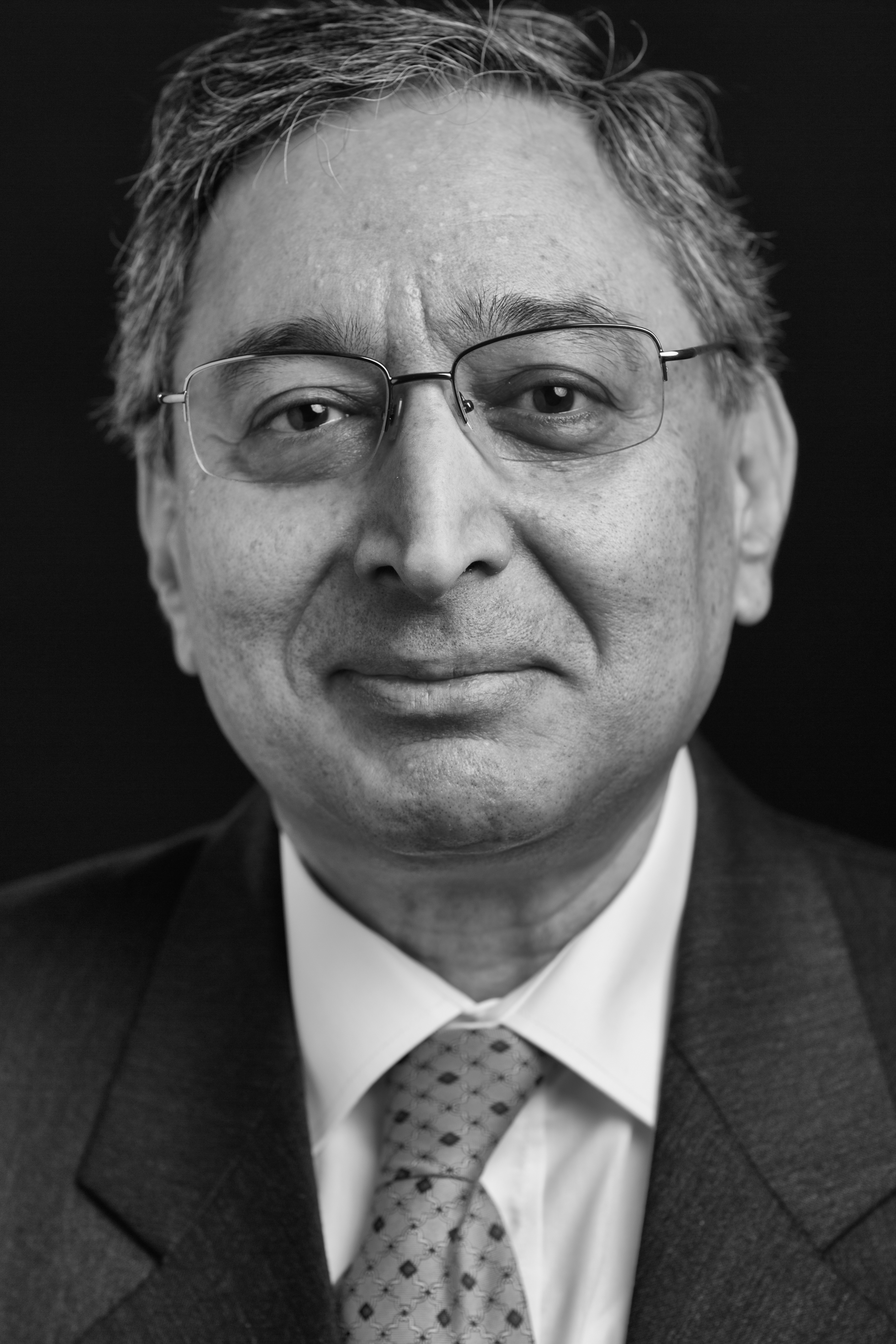 Farhad Arbab
Farhad Arbab
About Me
|
Senior Researcher |
Leids University Foundation
Professor |
I received my PhD in Computer Science from the University of California, Los Angeles (UCLA) in 1982. Prior to my PhD, I worked for IBM World Trade Corporation ('73-'76), Control Data Corporation ('76-'77), and IBM Los Angeles Scientific Center ('78-'81). In 1983, I was a visiting Assistant Professor at UCLA. In January 1984, I joined the faculty of the Computer Science Department at the University of Southern California (USC) as an Assistant Professor. I moved to Amsterdam, The Netherlands, in January 1990. Currently, I am a Professor of Computer Science at the Leiden University (LIACS), and a Senior Researcher in the Software Engineering Department (SEN) at the Dutch national research Center for Mathematics and Computer Science (CWI). I was an Adjunct Professor in the School of Computer Science, at the University of Waterloo, Ontario, Canada, from September 2004 to September 2006.
I have previously worked in the fields of Computer Graphics, Solid Modeling, and Computer Aided Design and Manufacturing of mechanical parts. My current fields of interest include Software Composition, Service Oriented Computing, Component Based Software, Concurrency Theory, Coordination Models and Languages, Parallel and Distributed Computing, Visual Programming Environments, Constraints, Logic and Object Oriented Programming. In the 90's, I lead a group of researchers at CWI working on the design, implementation, and applications of Manifold: a coordination language for managing the interactions among cooperating autonomous concurrent processes in heterogeneous distributed computing environments. Presently, I lead a group of researchers on the development, implementation, and applications of Reo: an exogenous coordination model whose formal semantics is based on a calculus of channel composition, offering a visual glue-code language for construction of coordinating connectors in distributed, mobile, and dynamically reconfigurable component based systems.